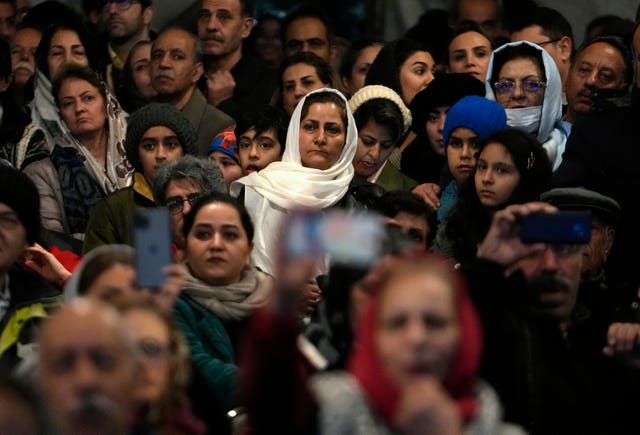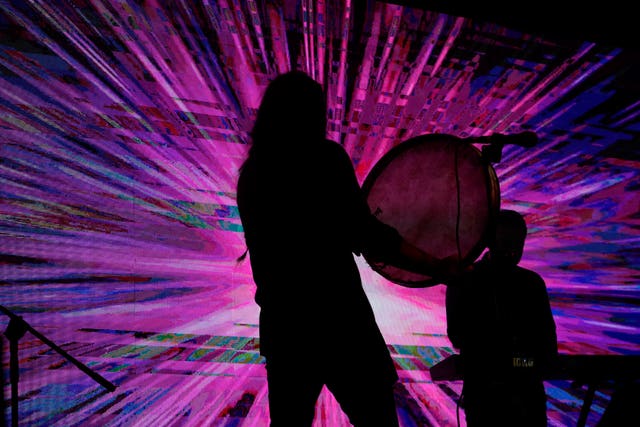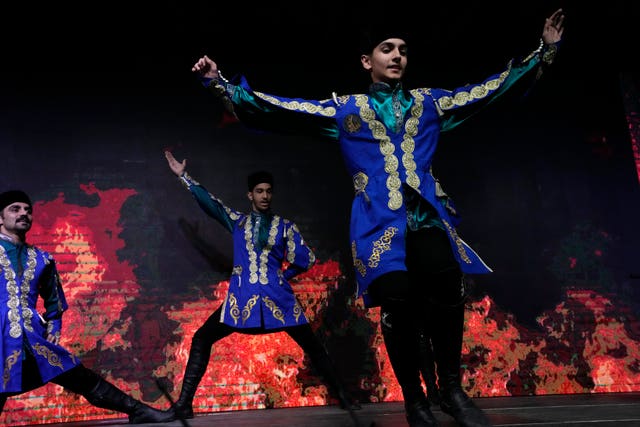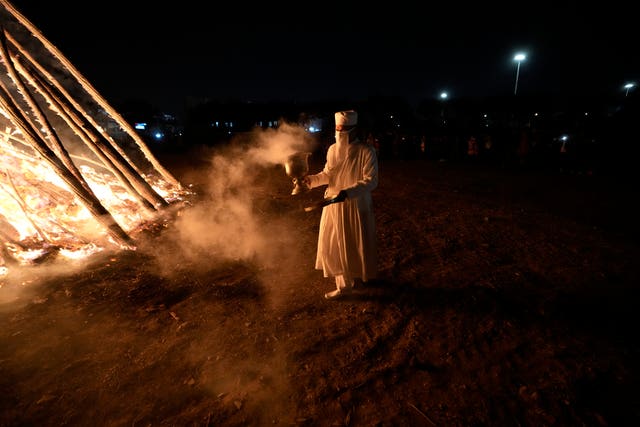In Pictures: Iran’s Zoroastrians celebrate Sadeh and end of cold winter days
Every January 30, Zoroastrians gather after sunset to celebrate the 50 days and 50 nights left until spring.

Lighting fires that brightened the night sky, followers of Iran’s minority Zoroastrian religion marked the Sadeh festival in several cities, celebrating the end of the coldest winter days.
Every January 30, Zoroastrians gather after sunset to celebrate the 50 days and 50 nights left until spring.


On the south-western outskirts of Tehran on Tuesday evening, several Zoroastrian priests and priestesses, dressed in white from head-to-toe to symbolise purity, led young followers to light a giant bonfire in a joyful ceremony.
Around the fire, people listened to bands playing music, theological lectures as they milled about eating and celebrating.


Iran’s 85-plus million population are mostly Shiite Muslims. The country has been ruled by hard-line clerics who preach a strict version of Islam since the 1979 Islamic revolution.
Zoroastrianism is a monotheistic religion predating Christianity and Islam. It was founded some 3,800 years ago by the prophet Zoroaster. It stresses good deeds, and fire plays a central role in worship as a symbol of truth and the spirit of God. Zoroastrians stress they are not fire-worshippers, but see fire as a symbol of righteousness.


During Tuesday’s ceremony, Mr Ekhtiari said the celebration belongs to everyone and is a symbol of “felicity, respect to humanity and nature as well as human beings “.
In 2023, Unesco recognised Sadeh in its intangible cultural heritage of humanity from Iran and Tajikistan.







